Nestled in the picturesque countryside of Northern Ireland, Dungiven Castle is a remarkable architectural gem that has stood the test of time. This article takes you on a historical journey through the castle’s captivating past, providing an easy-to-understand and informative account. Delve into the fascinating history of Dungiven Castle, an iconic symbol of Northern Ireland’s rich heritage.
The Early Beginnings: O’Cahan Clan and Dungiven Castle
The origins of Dungiven Castle date back to the 12th century when it was initially built as the stronghold of the O’Cahan (or O’Kane) clan. The O’Cahan clan were Irish chieftains who ruled the region of Limavady, holding significant influence and power over the surrounding areas.
In the 13th century, the castle underwent extensive reconstruction, transforming it into a more formidable fortress. Its primary purpose was to provide protection and defense for the O’Cahan clan during times of conflict and political unrest.
The Impact of the Plantation of Ulster on Dungiven Castle
The 17th century was a tumultuous period in Irish history, marked by the Plantation of Ulster, an English and Scottish colonization plan that aimed to displace the native Irish population. During this time, the O’Cahan clan, as Catholic landowners, lost their grip on Dungiven Castle, and the land was confiscated by the English Crown.
In 1608, the castle was granted to Captain Edward Cary, an English military officer who played a significant role in the colonization efforts. Cary made several modifications to the castle, adapting it to suit the needs and tastes of its new inhabitants.
The Role of the Beresford Family in Dungiven Castle’s History
After Cary’s tenure, Dungiven Castle was acquired by the Beresford family, an influential English family with a strong presence in Irish politics. In 1639, Sir Tristram Beresford took ownership of the castle and oversaw significant renovations, resulting in the construction of the current building.
The Beresford family continued to own the castle for several generations, further modifying and expanding the estate. During this period, Dungiven Castle became a symbol of the Beresford family’s wealth and power, hosting lavish events and gatherings.
The Struggles and Resilience of Dungiven Castle in the 18th and 19th Centuries
Despite its grandeur, Dungiven Castle faced numerous challenges in the 18th and 19th centuries. Economic hardship, political unrest, and a series of ownership disputes threatened the castle’s stability and prominence.
In the late 18th century, the castle was briefly occupied by French troops, causing substantial damage to the structure. However, the castle’s resilient spirit endured, and it was eventually restored to its former glory.
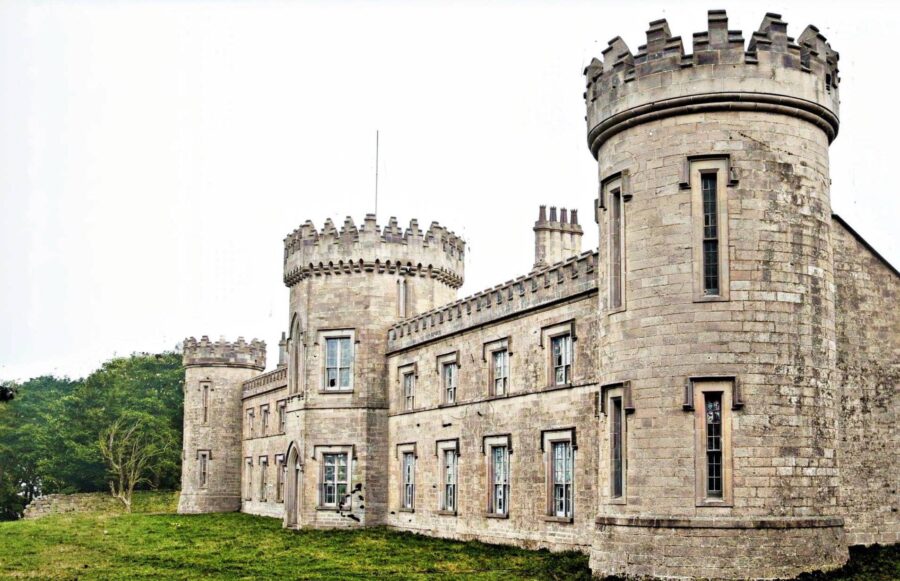
Dungiven Castle’s Transformation into a Family Home
In the early 19th century, the Beresford family began to focus on transforming Dungiven Castle into a comfortable family residence. Under the guidance of George de la Poer Beresford, the castle underwent significant renovations, including the addition of ornate plasterwork, decorative fireplaces, and intricate wood carvings.
During this period, Dungiven Castle became renowned for its stunning interiors, luxurious furnishings, and elaborate gardens, providing a testament to the castle’s evolving architectural styles and influences.
The Role of Dungiven Castle in the Irish War of Independence and the Irish Civil War
The early 20th century was a turbulent time for Ireland, marked by the Irish War of Independence (1919-1921) and the subsequent Irish Civil War (1922-1923). Dungiven Castle played a significant role in these conflicts, serving as a headquarters for the Royal Irish Constabulary (RIC), a British police force tasked with maintaining law and order in Ireland.
During the Irish War of Independence, the castle was a target for the Irish Republican Army (IRA), who sought to undermine British rule in Ireland. The castle’s strategic importance made it a prime target for attacks, and it suffered significant damage during this period.
The 20th Century and the Abandonment of Dungiven Castle
The aftermath of the Irish Civil War left Dungiven Castle in a state of disrepair, with much of the structure damaged and abandoned. The Beresford family’s fortunes also declined during this period, leading to the eventual sale of the castle in the 1930s.
Over the years, Dungiven Castle fell into further disrepair and neglect, becoming a haunting reminder of its once-prominent past. The castle’s future remained uncertain, with its deteriorating condition posing a significant challenge to preservation efforts.
The Restoration and Rebirth of Dungiven Castle as a Hotel
In the late 20th century, a dedicated group of local residents and heritage enthusiasts recognized the historical and cultural value of Dungiven Castle and began the arduous process of restoring the castle to its former glory.
After years of painstaking restoration work, the castle was finally reborn as a luxury hotel in 2001. Dungiven Castle now stands as a testament to the resilience and determination of those who worked tirelessly to preserve its legacy, offering guests a unique opportunity to experience the castle’s storied past firsthand.
Dungiven Castle Today: A Blend of History, Luxury, and Culture
Today, Dungiven Castle is a thriving luxury hotel, conference center, and wedding venue, attracting visitors from around the world who are eager to explore its rich history and stunning surroundings. The castle’s well-preserved architecture, elegant interiors, and beautifully landscaped grounds provide a fascinating glimpse into the past while offering modern amenities and comforts for guests.
Visitors to Dungiven Castle can enjoy guided tours, historical exhibitions, and a range of cultural events that showcase the castle’s unique heritage. With its captivating blend of history, luxury, and culture, Dungiven Castle continues to inspire and enchant all who pass through its gates.


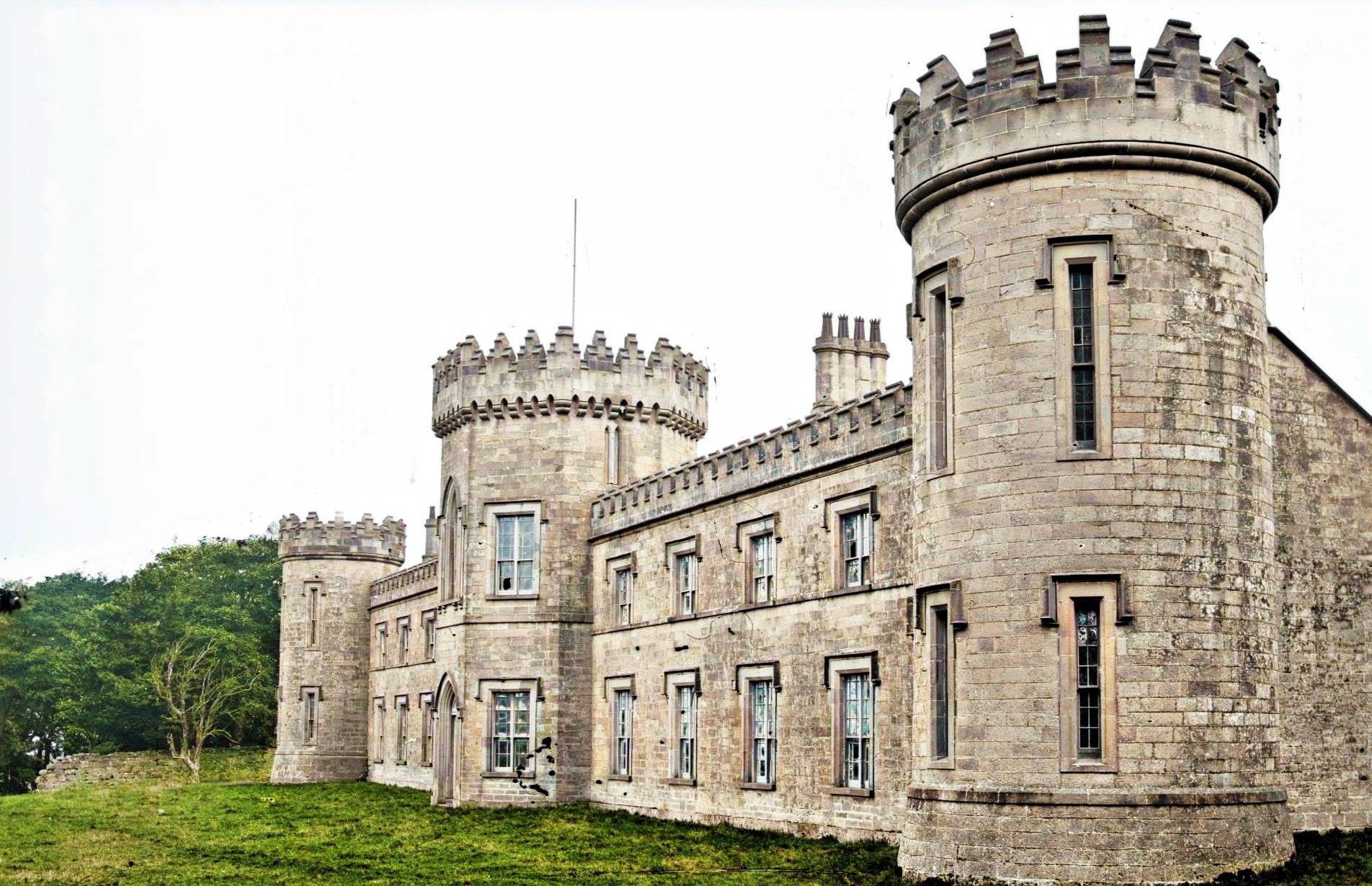
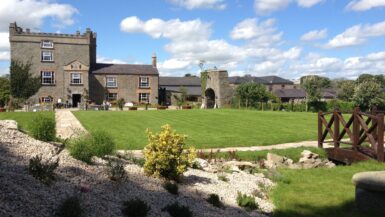
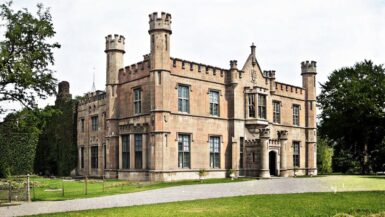
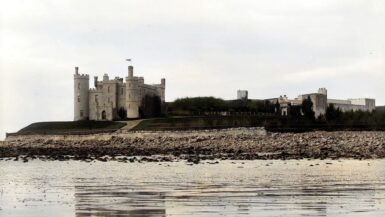
Leave a reply